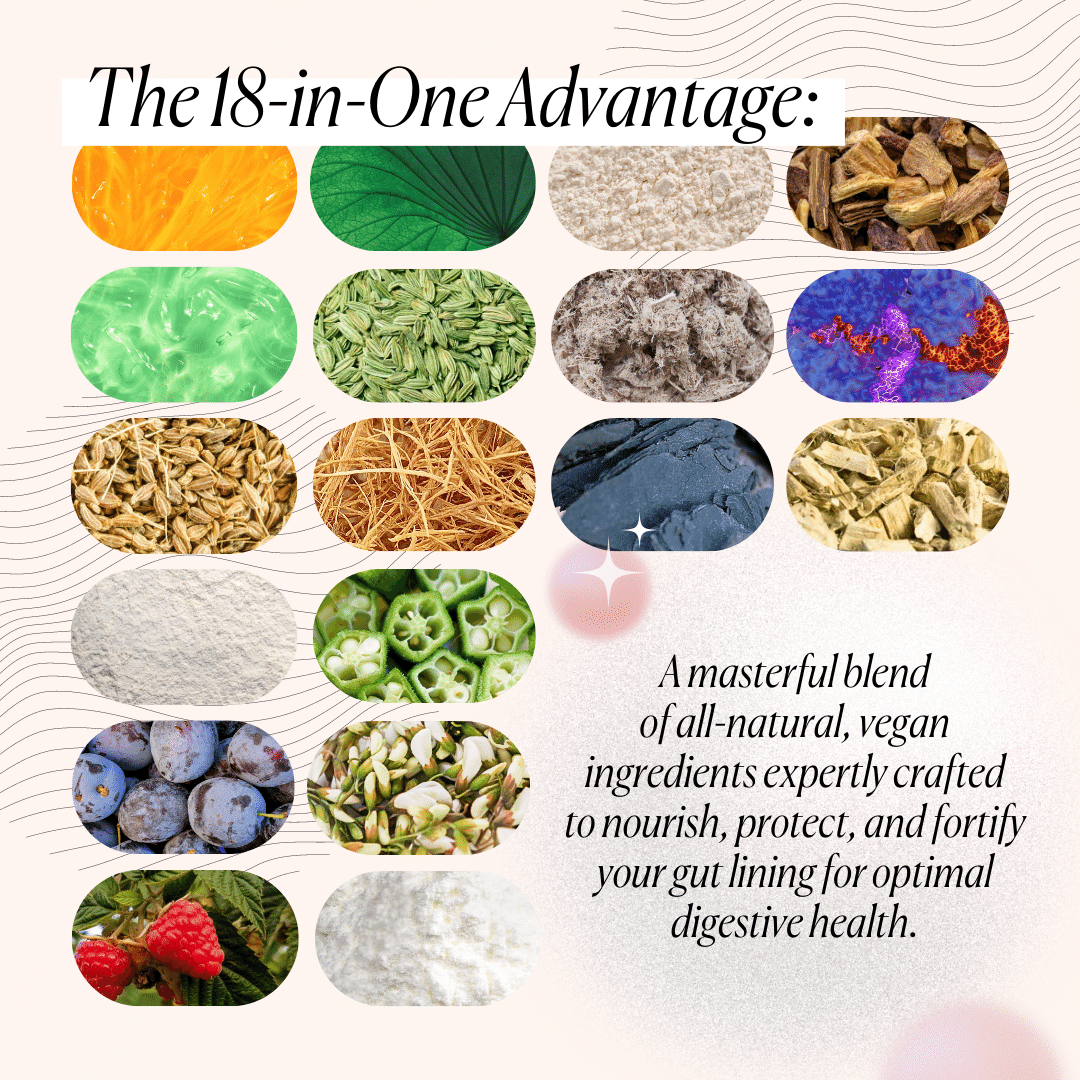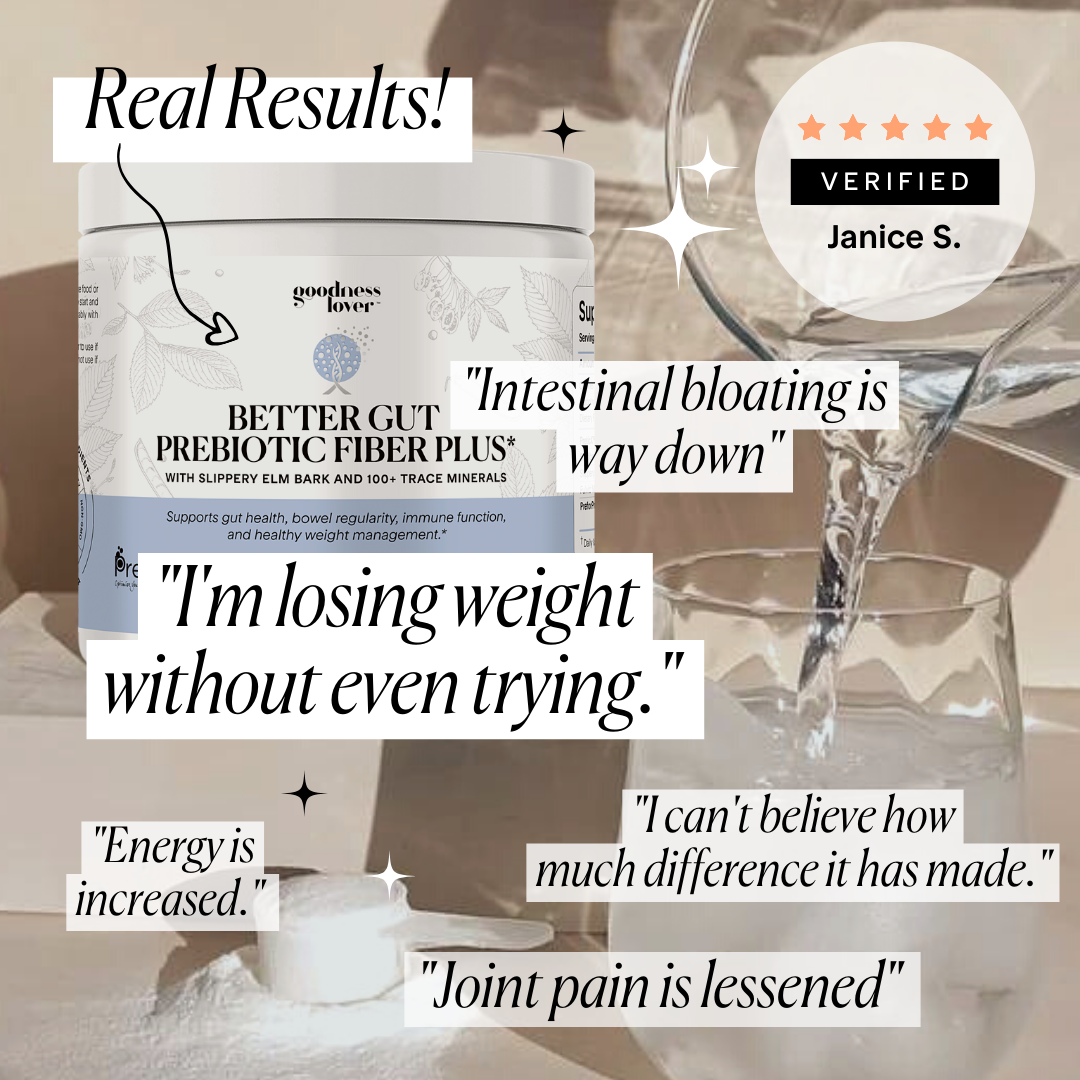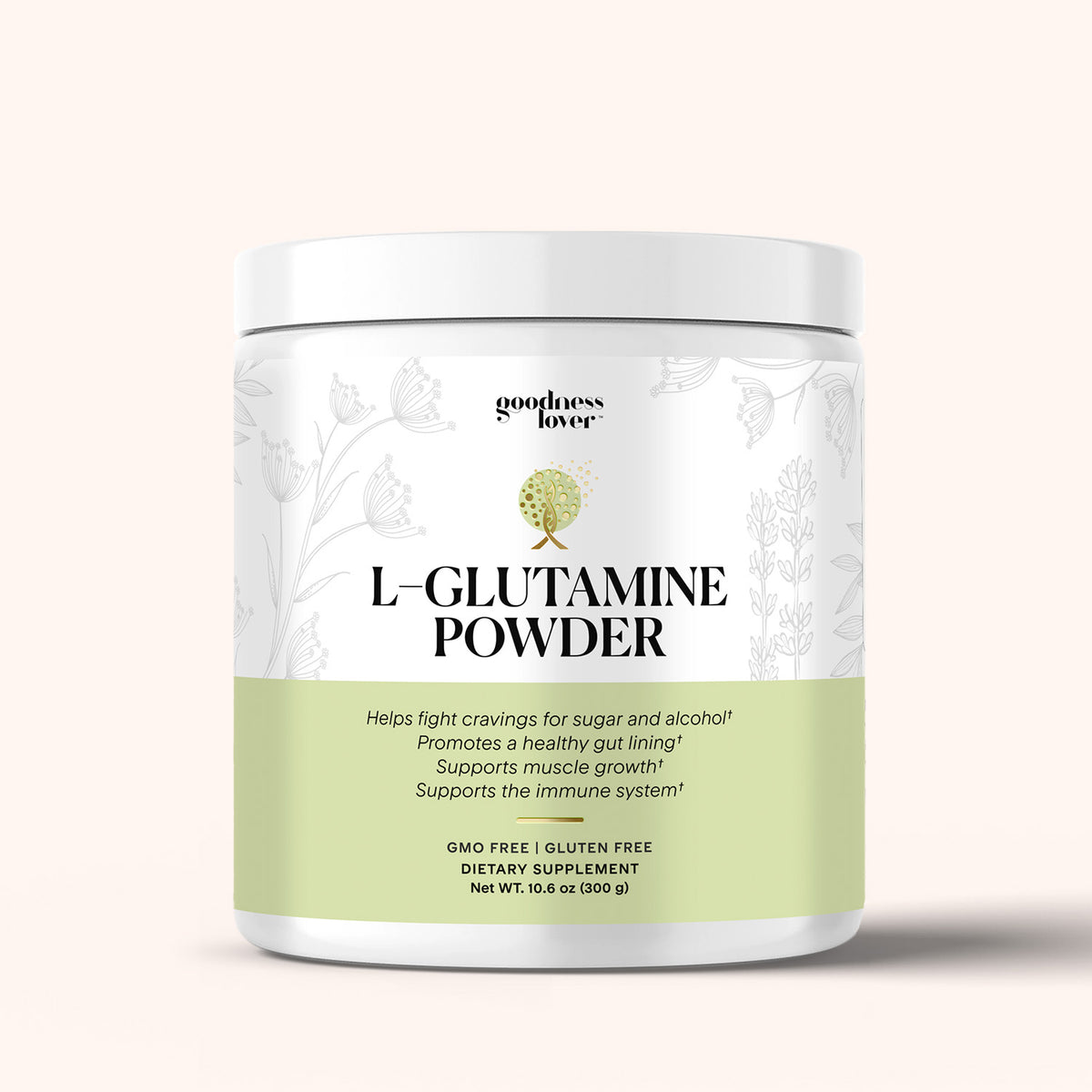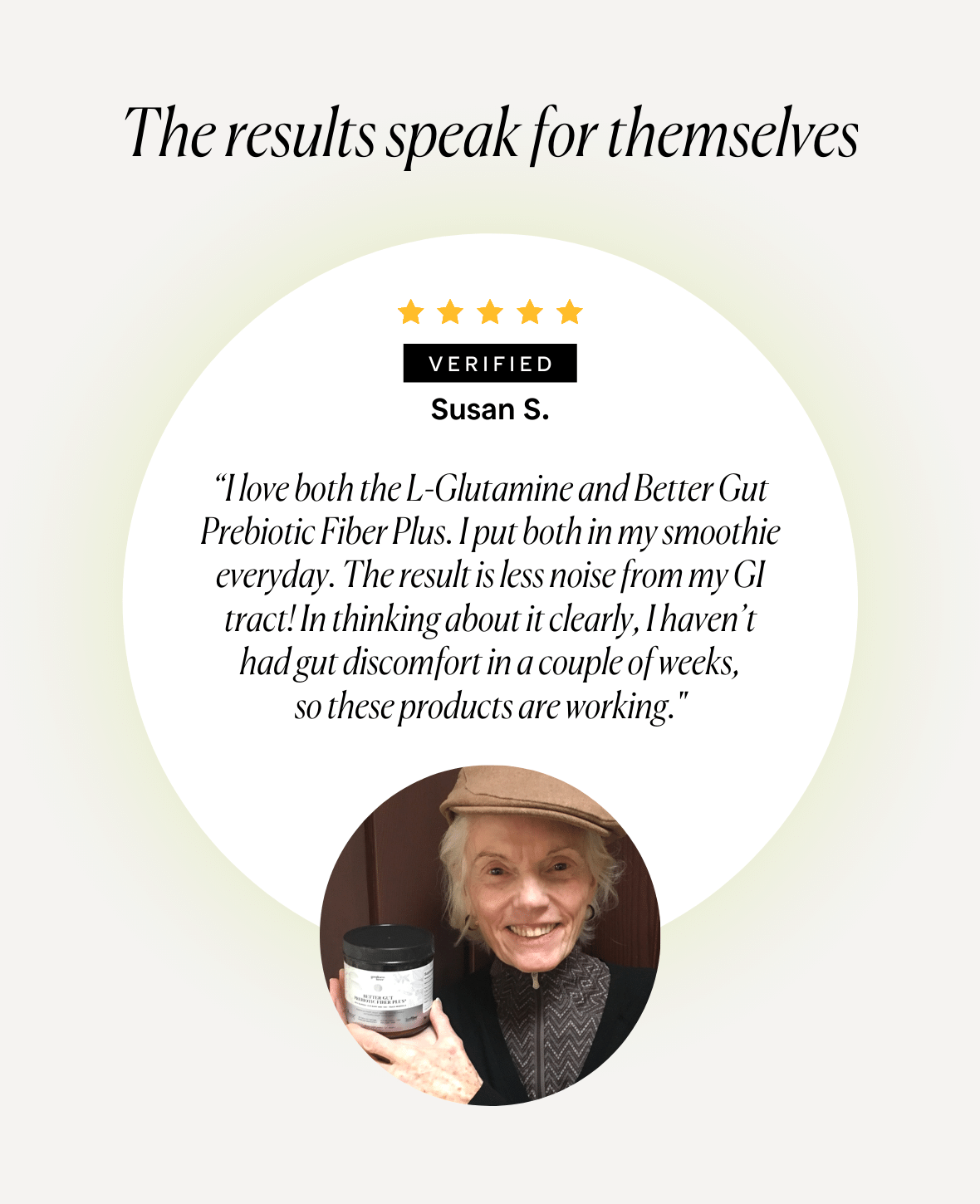It’s a common misconception that heavy periods are a fact of life that many women have no choice but to live with.
That could not be farther from the truth.
WIth the right action plan, any woman can discover the underlying cause of her monthly misery and restore balance to her cycle.
Heavy periods are one of the top reasons women seek gynecological care, affecting over 10 million women every year in the US alone.
Unfortunately, many doctors do not understand the true causes of heavy periods and are unable to give their patients the help they deserve.
Women continue to needlessly suffer, month after month, year after year.
That all changes now.
Today I am going to empower you with the knowledge you need to heal your cycle and get on with your life!

What is a Normal Menstrual Cycle?
Believe it or not, many women do not know what a healthy cycle is. How can we possibly know if there’s an imbalance in our system if we don’t even know what’s normal and what’s not!?
Here’s what should be happening…
Cycle Length: Your cycle should be between 25 and 35 days long. If it’s longer, shorter or varies in length from month to month, this is a sign that something is wrong.
Menses: The blood should be bright red. Think of cranberry juice. If it is dark red or brown, or if there are clots, this means there is poor circulation to your uterus. This can be caused by a form of hormonal imbalance known as estrogen dominance. If this occurs, you can apply a hot water bottle or castor oil packs to the abdomen to stimulate blood flow.
Cervical Fluid: Cervical fluid changes throughout your cycle. After your period, your vagina is naturally drier. As ovulation approaches, the fluid becomes wet and may be opaque. During ovulation, it becomes wetter and may be watery and stretchy. After ovulation occurs it will become sticky and dry up until your next period.
PMS: PMS is NOT normal. Symptoms like bloating, breast pain and swelling, mood swings, anxiety, cramps and acne are indicators of a hormonal imbalance. Also, elevated progesterone levels during menstruation make us more vulnerable to unstable blood sugar… which mimics the symptoms of PMS. Make sure you’re eating balanced meals to protect yourself from spikes and crashes in your blood sugar levels.
Breakthrough Bleeding: Breakthrough bleeding is bleeding that occurs when you are not menstruating. If it occurs during the second half of your cycle, which is known as the luteal phase, it can be a sign of low progesterone. There is an exception to this rule: some women experience a day or two of light bleeding during ovulation and this is perfectly normal.
Our cycles entail rhythms that many of us do not appreciate. The rise and fall of our sex hormones influences our moods, energy levels and degree of social inclination. The notion that women are mysterious and moody is a myth. In fact, we follow predictable and consistent patterns every single month, just not many people understand or appreciate what’s really going on inside our bodies.
Our menstrual cycles have four distinct phases:
The Bleeding Phase: This phase begins with the onset of menstruation. It’s trademark is a plunge in progesterone levels that can leave us feeling cranky, crampy, sad and tired. Our energy levels are at the lowest at this time. This is a good time for rest and reflection. Avoid big social events and refrain from strenuous exercise. Enjoy some quiet time alone instead. Sleep in, take a bath and write in your journal.
The Follicular Phase: The follicular phase begins when menstruation commences. It is marked by rising levels of estrogen and testosterone. Estrogen and testosterone bring a boost in energy levels, mood and mental focus. Estrogen makes us more assertive and testosterone boosts our libido. We tend to feel more confident and outgoing at this time. It’s a great time to hang with your friends, problem solve, brainstorm and get some exercise.
The Ovulatory Phase: This is what the body has been preparing for for the last week. An egg will be released from the ovary and survive for 12-24 hours. Estrogen and testosterone levels peak at this time. We feel sexy, confident and are more likely to take risks. We’re also better able to express our ideas and emotions. Take advantage of the cresting hormones by scheduling a job interview or networking event, going on a date and continuing to enjoy plenty of exercise.
The Luteal Phase: The luteal phase follows ovulation and is marked by falling levels of estrogen and testosterone and rising levels of progesterone. We tend to have decreasing energy and be more withdrawn and introverted at this time. Progesterone is our chill hormone. As our levels rise we naturally slow down. This is a good time for chilling at home, gentle chores and organizing to-do lists. This is also the time that many women suffer from PMS. Eat nourishing whole foods and honor your need for rest to minimize uncomfortable symptoms.

How to Tell You Have Heavy Periods
Now that we know how our cycles work and what should be happening every month, let’s look at the key signs that your period is heavier than it should be.
If you’re exhibiting these symptoms, you are suffering from heavy periods:
- Bleeding for more than seven days
- Changing menstrual products more frequently than once every two hours
- Needing to double up on menstrual products, i.e. using a cup but wearing a pad for back up
- Heavy bleeding with clots larger than a quarter
- Waking to change menstrual products at night
What Causes Heavy Periods?
The most common cause of heavy periods is hormonal imbalance. Estrogen dominance is the most common hormonal imbalance. Estrogen and progesterone must balance each other in order for us to be healthy. If either become relatively too low or too high, we suffer from uncomfortable and disruptive symptoms.
Estrogen can become too high relative to progesterone a number of ways…
- Our livers are responsible for eliminating used estrogen from our system. If our liver’s are compromised or overwhelmed by toxins, we can’t effectively filter estrogen and blood levels rise.
- Estrogen that is processed by the liver travels to the colon for elimination. If we are constipated, estrogen can be reabsorbed into our bloodstream and recirculated throughout our bodies.
- Chemicals that mimic estrogen can trick our bodies and cause us to exhibit symptoms of estrogen dominance. Endocrine-disrupting ingredients in conventional personal care products and estrogen mimetics in insecticides and herbicides are the most common sources of toxic xenoestrogen exposure.
It is rare for our bodies to produce excess estrogen. Most cases of estrogen dominance are the result of toxicity, whether it’s due to a congested colon or sluggish liver or caused by exposure to hormone-disrupting chemicals in our personal care products and conventionally grown foods.
On the other hand, sometimes our bodies are unable to produce sufficient progesterone, which also leads to an estrogen dominant imbalance.
What causes us to produce insufficient amounts of progesterone?
Stress!
Stress robs our health in many, many ways.
Here’s how it depletes our progesterone levels:
During moments of stress, our bodies produce cortisol to increase our short term capacity to cope with demanding circumstances. Unfortunately, our modern lifestyles subject us to chronic stress that does not give our bodies a chance to rest and recover. Our adrenal glands convert progesterone to cortisol to keep up with the incessant demand, resulting in low progesterone relative to estrogen.
In addition to heavy, painful periods, estrogen dominance causes fibroids, ovarian cysts, tender breasts, weight gain, moodiness and irritability.
Dutch Complete Hormone Test
If you’re suffering from heavy periods, one of the first things you should do is get your hormones checked.
The gold standard for measuring your hormone levels is the Dutch Complete Hormone Test. This diagnostic tool created by Precision Analytical measures our levels of hormones including progesterone, testosterone, estrogen, cortisol and melatonin.
The test can reveal if you’re suffering from estrogen dominance and shows how well your liver is metabolizing and removing estrogen from your system.
It also allows us to see how our sex and adrenal hormones work together to contribute to painful periods and serious conditions like PCOS, fibroids, endometriosis and fertility problems.
Plus, you can learn about factors that could be causing you to suffer from poor sleep, low energy, depression, aching joints, low sex drive and low immunity.
If you are suffering from heavy periods and you’re ready to find out what’s going on inside your body, get started now with the Dutch Complete hormone test.
Can Birth Control Make My Period Easier?
One commonly proposed solution to heavy and painful periods is an oral contraceptive prescription. Doctors urge women that this will be an easy fix that will balance hormones, clear up acne, regulate the menstrual cycle and ease menopausal symptoms like mood swings, night sweats and hot flashes.
One problem with prescribing birth control is that it bypasses seeking the underlying source of the imbalance. This means that the cause of your sickness is going undetected and untreated, and can lead to serious and worsening problems.
Instead of discovering why women are suffering and helping them to restore balance, they are medicated with a dangerous pharmaceutical.
Did you know that the World Health Organization has classified the pill as a definite carcinogen?
That’s right.
In fact, birth control pills contain synthetic hormones that cause imbalance and create sustained elevated levels of estrogen, which contributes to many health problems…
- Cancers of the breast, uterus and cervix
- Candida overgrowth
- Hypothyroid
- Lack of sex drive
- Liver toxicity
- Cardiovascular disease
Plus, when the liver processes synthetic hormones in birth control pills, we use up large amounts of vital nutrients and become deficient in B-complex vitamins, Vitamin C, magnesium and zinc. All of these are key to our mental wellbeing and metabolism. Nutrient deficiencies caused by birth control pills make us gain weight, retain fluid and feel moody and depressed.

Natural Remedies for Hormonal Imbalance
Fortunately, we can rely on safe and proven methods to restore balance to our hormones:
- Heal your liver. Your liver has an important job when it comes to managing your hormones. It is responsible for clearing used estrogen from your bloodstream. Support your liver with herbs like milk thistle, dandelion, fennel and barberry. Also, be sure to incorporate foods that support the liver, like ginger, carrots and beets.
- Reduce your stress. Our bodies produce cortisol in order to cope with stress. When stress becomes chronic, we become depleted and convert progesterone to cortisol. This is called the “progesterone steal.” Combat stress with breathing exercises, yoga and meditation and use adaptogenic supplements to enhance your capacity to cope.
- Get plenty of rest. Lack of sleep will lead to hormone imbalances, which in turn makes it hard to sleep. Break the cycle by practicing good sleep habits: go to bed at the same time every night, avoid looking at computer, TV and phone screens after dark, resist the urge to nap during the day and only use the bedroom for sleep and sex.
- Eat nourishing foods. Eliminate dairy, factory-farmed meat, processed carbohydrates, snack foods and refined sugar. Many pesticides and herbicides are estrogen mimetic. Stick to organically grown whole foods that your ancestors would recognize. This will ensure that your diet is rich in fiber, which is important for eliminating estrogen via the colon. Also, avoid soy products, which can contribute to estrogen imbalance.
- Use safe personal care products. Many soaps, lotions, shampoos, conditioners, body washes, tampons and deodorants contain preservatives and stabilisers that are known endocrine disruptors. Discover the specific hazards lurking in your care products. Be sure to choose options that contain organic, all natural ingredients.
- Maintain a healthy weight. Fat converts steroids to estrogen. The more overweight we are, the greater the chance that we have elevated estrogen levels.
- Heal your gut. The gut and hormones are intricately related. Our microbiome influences our production and expression of hormones. Constipation causes estrogen to be recirculated, fueling imbalance. Use an elimination diet to discover foods that are creating dysbiosis and inflammation.
- Avoid synthetic hormones. Birth control pills and IUDs disrupt natural hormone production.
- Reduce inflammation. Inflammation causes pain and skews our hormones. Eliminate inflammatory triggers like alcohol, caffeine and unhealthy foods and use natural remedies to reduce inflammation.
- Supplement your diet. Make sure you’re getting enough omega 3 fatty acids along with B vitamins, Vitamin D, calcium and magnesium to ensure you’re producing and eliminating hormones optimally. Use herbs to support hormonal balance. Try black cohosh, evening primrose oil and chasteberry.
* * *
Heavy periods are common, but they’re not normal, they’re not mysterious and they’re not a life sentence.
The key to restoring balance is seeking the root cause of dysfunction. Estrogen dominant hormonal imbalance is the most common cause of heavy periods. With simple and proven techniques, we can restore balance to our hormones, relieve our monthly woes and focus our time and energy on the things that really matter.
One of the key obstacles to achieving a healthy cycle is the stigma around women’s reproductive issues. Break the stigma by sharing this article with the women in your life who deserve to be healthy and happy during all the phases of their cycle.














What Do You Think? Comment Below: